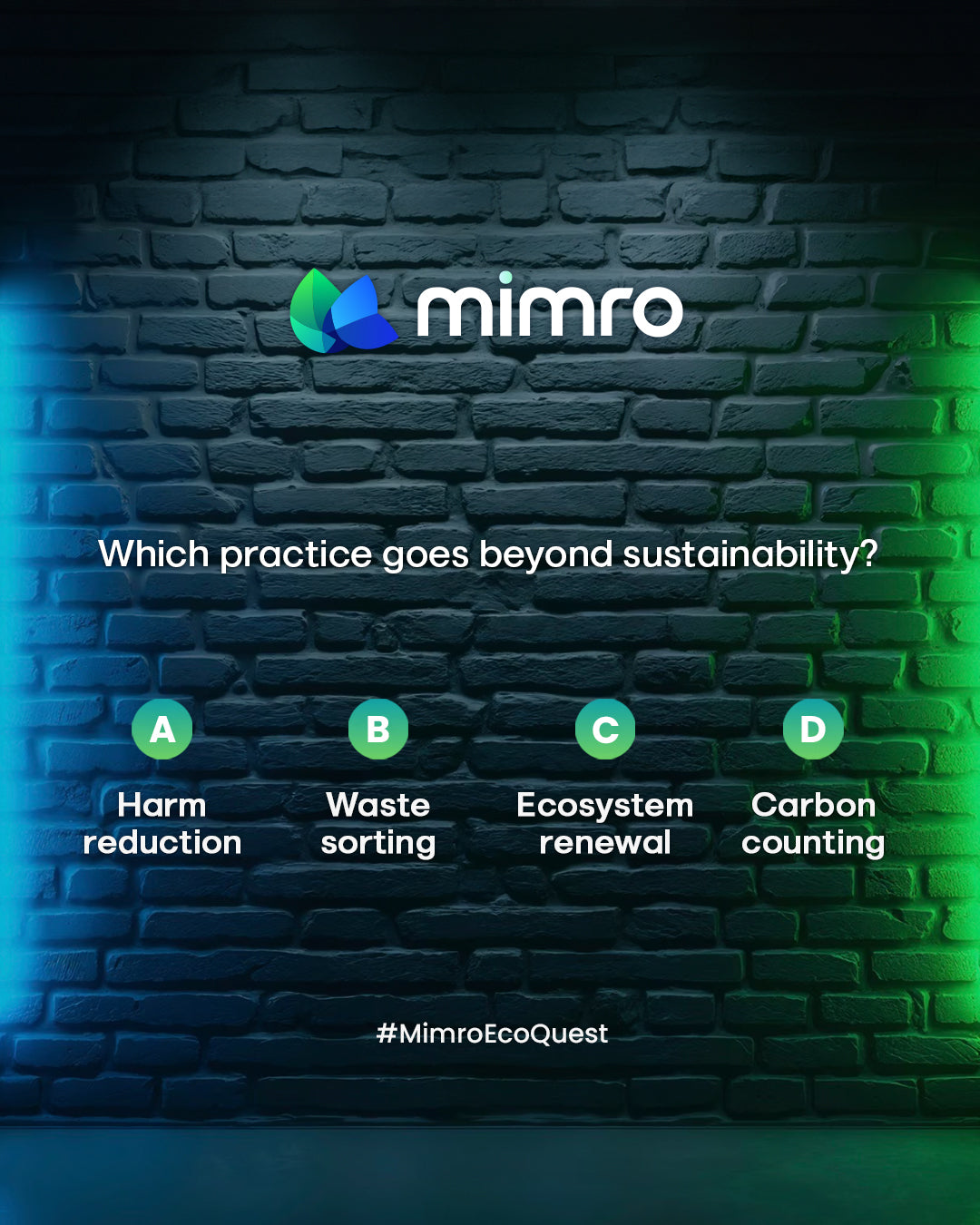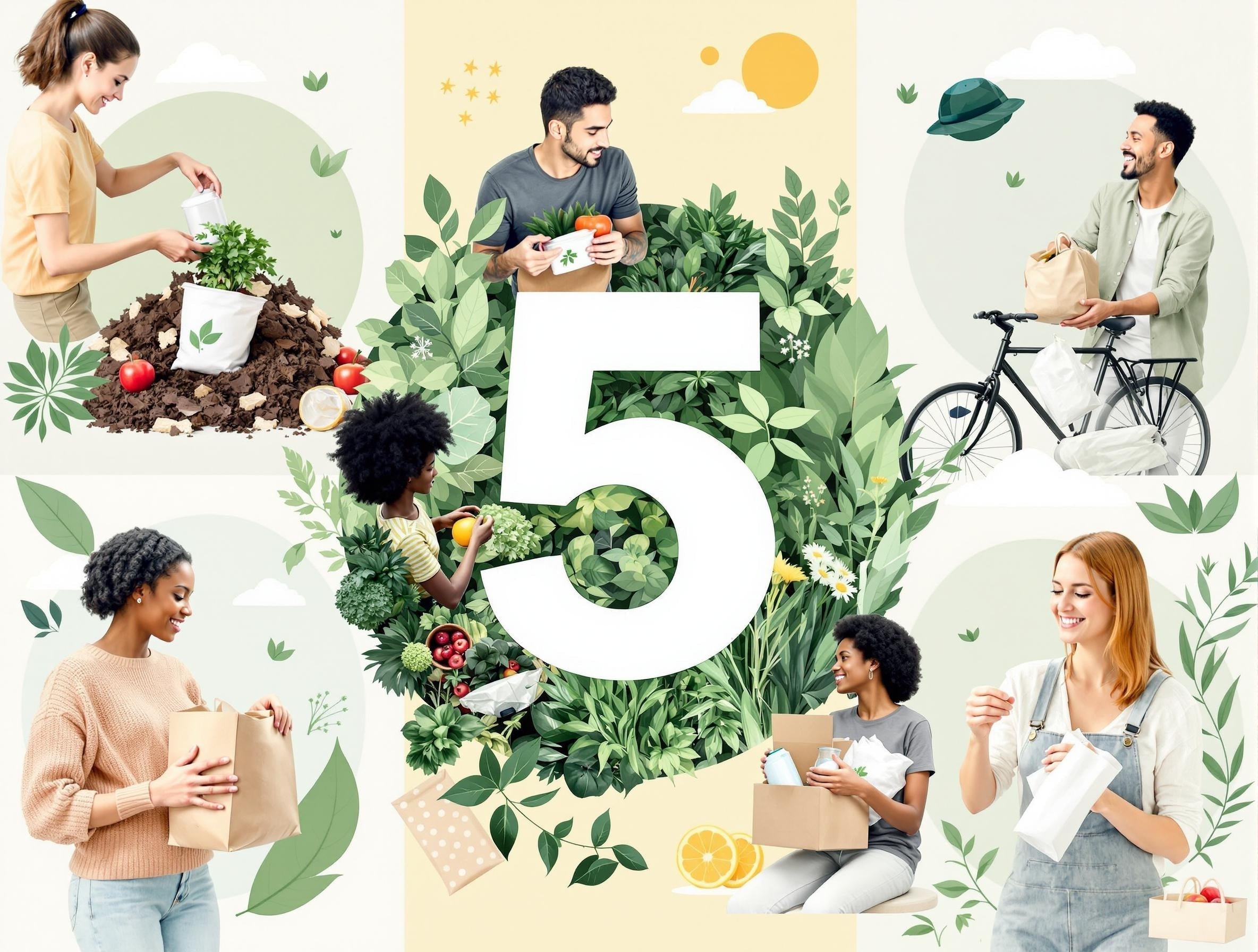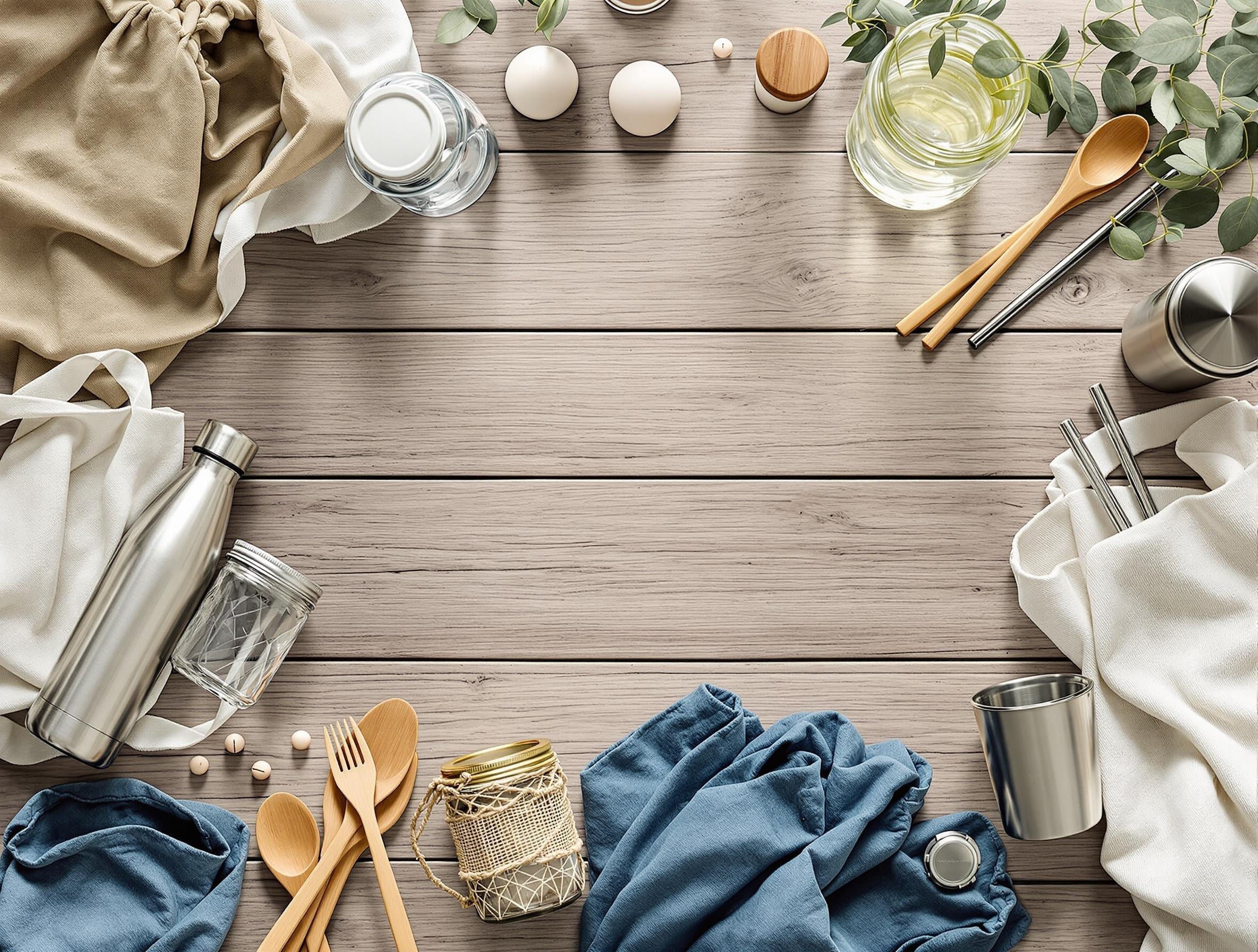New Arrivals
✨New arrivals alert: Sustainable style meets everyday awesome!
This store requires javascript to be enabled for some features to work correctly.
✨New arrivals alert: Sustainable style meets everyday awesome!
Play Eco Quest and see how small, fun choices can make a big impact on Earth!
🌍 Sustainability just got a serious upgrade with this week's eco champion!
🌿Say hello to our newest earth loving arrivals. You're gonna love these!
Play Eco Quest and see how small, fun choices can make a big impact on Earth!
💚One pick, endless impact. Meet the eco find that's rewriting the rules!
Play Eco Quest and see how small, fun choices can make a big impact on Earth!
🌍 Your new favorite eco find is here, and it's making sustainability look effortless!
Play Eco Quest and see how small, fun choices can make a big impact on Earth!
♻️This week's green hero proves planet friendly choices can be seriously stylish!

Play Eco Quest and see how small, fun choices can make a big impact on Earth!
✨The eco product you didn't know you needed but won't want to live without!

Published on June 26th, 2025 | 6 min read
Your kitchen may be clean and curated, but if your shelves are lined with single-use plastic, you’re not alone. From plastic-wrapped produce to disposable zip-top bags, these everyday conveniences come at an environmental cost. The good news? Creating a plastic-free pantry is simpler (and more rewarding) than it sounds.
Let’s explore how to break up with plastic for good, starting in your kitchen.
Most pantry plastics are designed for a moment of convenience, but they last for centuries. From extraction to disposal, plastic packaging emits greenhouse gases at every stage of its life cycle. Just producing one plastic bag uses enough fossil fuel to drive a car about 10 miles, and millions are used daily.
Even recycling isn’t the hero we hope it is. Less than 10% of the plastic ever produced has been successfully recycled. The rest? It’s clogging landfills, polluting oceans, or being incinerated, releasing toxic emissions into our atmosphere.
Ready to make your kitchen more planet-friendly? Start with these simple swaps:
Want to go even further? Look for pantry items sold in compostable or paper packaging, especially staples like rice, flour, and beans.
Transitioning to plastic-free doesn’t mean chaos. With the right setup, it’s even easier to stay organized:
Pro tip: Keep a “Use First” box for perishables to reduce spoilage.
Want to reduce waste and save money? Bulk buying and clever storage go hand-in-hand:
Make it a habit to keep clean, empty containers in your bag or car for impromptu shopping trips.
You don’t need a perfect kitchen to make a difference, just a mindful approach and a few practical tools. Start with what you have, swap what you can, and celebrate every step toward a zero-waste lifestyle.
👉 Explore our website to find free pantry essentials and discover low-waste swaps you can start using today. Let your kitchen lead the way to a more sustainable home.
Published on July 3rd, 2025 | 4 min read We often hear that living more sustainably means driving less or...
Published on July 2nd, 2025 | 4 min read When it comes to climate change, it’s easy to feel like...
Published on 26th June | 5 min read Imagine this: one bottle, used over and over, eliminating the need for...
Published on July 3rd, 2025 | 4 min read We often hear that living more sustainably means driving less or...
Published on July 2nd, 2025 | 4 min read When it comes to climate change, it’s easy to feel like...
Published on 26th June | 5 min read Imagine this: one bottle, used over and over, eliminating the need for...




